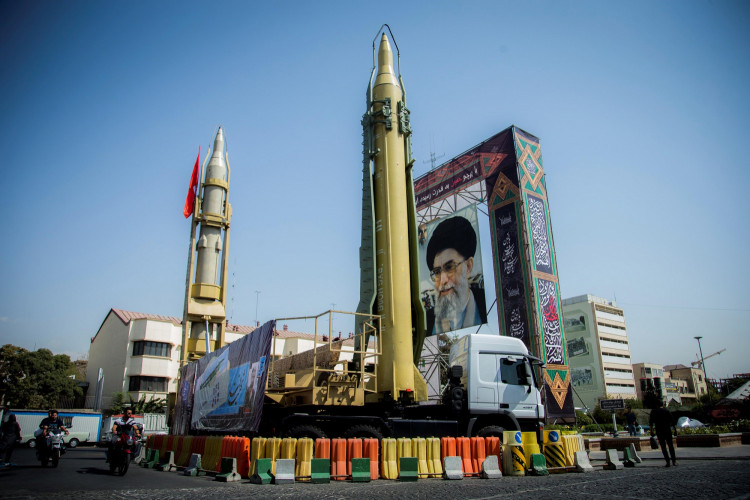President Vladimir Putin is accused by Washington and other Western nations of planning to deepen the conflict in Ukraine under the pretext that Moscow fears Kyiv will use a "dirty bomb," a device packed with nuclear material.
Ned Price, a spokesman for the U.S. State Department, warned that whether Russia uses a so-called "dirty bomb" or another nuclear weapon, there will be repercussions.
"It would certainly be another example of President Putin's brutality, if he were to use a so called 'dirty bomb.' There would be consequences for Russia whether it uses a 'dirty bomb' or a nuclear bomb," Price stated. "We've been very clear about that."
He didn't go into detail about these consequences or clarify whether they would vary depending on the kind of weapon used. Moscow must be aware of the "profound nature of the consequences" that would befall the nation should it utilize nuclear weapons, he continued.
According to Price, the U.S. has not seen any signs that Russia is getting ready to use a nuclear weapon, but Russian officials' warnings that Ukraine was getting ready to use a "dirty bomb" spurred worry over the potential use of such a weapon.
However, what exactly is a dirty bomb and what can it do? A dirty bomb is essentially a conventional bomb that has been loaded with radioactive, biological, or chemical ingredients that spread during the explosion. It would be a form of radiological dispersal device (RDD), also known as a "dirty bomb," if it included radioactive elements. Although a dirty bomb has never been detonated, there is speculation that radicals may have attempted to construct one.
A nuclear weapon like an atomic bomb or hydrogen bomb, whose fission or fusion reactions generate tremendous destruction in a wide perimeter, is significantly more devastating than a dirty bomb. They cannot be produced without uranium enrichment equipment, which is out of the reach of most nations.
Compared to nuclear bombs, dirty bombs are less dangerous and easier to produce. Direct radiation, inhalation, or ingestion of contaminated materials, would have the effect of contaminating the place in question as well as the individuals that reside there. Instead of carrying out mass murder, its primary goal could very well be to frighten a community.
This implies that the radiation levels that would immediately result in a serious disease would only be emitted to those who were in close proximity to the explosion site. Health concerns would emerge from tainted dust, food, or water over a larger area. It is possible to find the tiny amounts of radioactive material required for such an effect in a bomb in medical facilities, research facilities, manufacturing facilities, or military installations.






